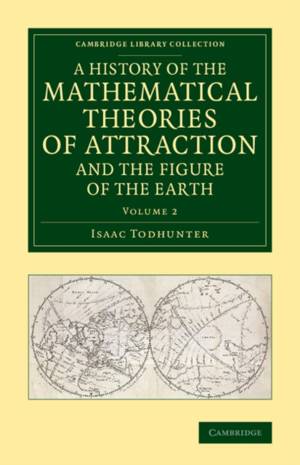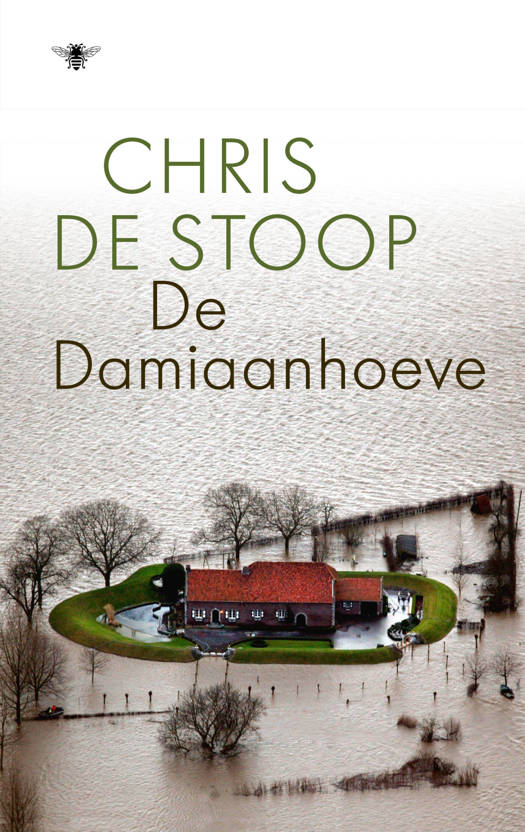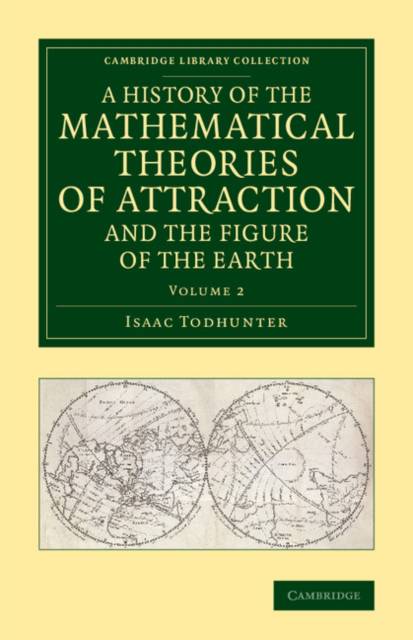
- Afhalen na 1 uur in een winkel met voorraad
- Gratis thuislevering in België vanaf € 30
- Ruim aanbod met 7 miljoen producten
- Afhalen na 1 uur in een winkel met voorraad
- Gratis thuislevering in België vanaf € 30
- Ruim aanbod met 7 miljoen producten
Zoeken
A History of the Mathematical Theories of Attraction and the Figure of the Earth - Volume 2
From the Time of Newton to that of Laplace
Isaac Todhunter
€ 93,45
+ 186 punten
Omschrijving
Newton's Principia paints a picture of the earth as a spinning, gravitating ball. However, the earth is not completely rigid and the interplay of forces will modify its shape in subtle ways. Newton predicted a flattening at the poles, yet others disagreed. Plenty of books have described the expeditions which sought to measure the shape of the earth, but very little has appeared on the mathematics of a problem, which remains of enduring interest even in an age of satellites. Published in 1874, this two-volume work by Isaac Todhunter (1820-84), perhaps the greatest Victorian historian of mathematics, takes the mathematical story from Newton, through the expeditions which settled the matter in Newton's favour, to the investigations of Laplace which opened a new era in mathematical physics. Volume 2 is largely devoted to the work of Laplace, tracing developments up to 1825.
Specificaties
Betrokkenen
- Auteur(s):
- Uitgeverij:
Inhoud
- Aantal bladzijden:
- 518
- Taal:
- Engels
- Reeks:
Eigenschappen
- Productcode (EAN):
- 9781108084581
- Verschijningsdatum:
- 2/04/2015
- Uitvoering:
- Paperback
- Formaat:
- Trade paperback (VS)
- Afmetingen:
- 140 mm x 216 mm
- Gewicht:
- 648 g

Alleen bij Standaard Boekhandel
+ 186 punten op je klantenkaart van Standaard Boekhandel
Beoordelingen
We publiceren alleen reviews die voldoen aan de voorwaarden voor reviews. Bekijk onze voorwaarden voor reviews.











